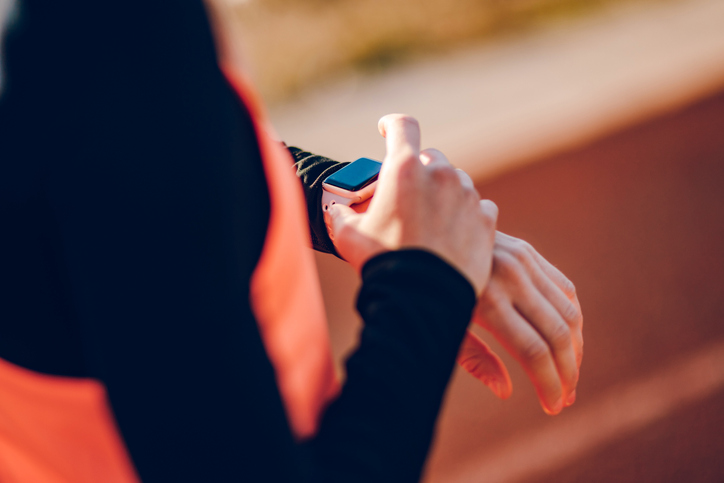How triathletes can get the most out of their HR data
How to use heart rate to gauge your aerobic threshold
 Photo by:
Getty Images
Photo by:
Getty Images
I remember when I got my first GPS-enabled watch. It was a huge device – almost as big as a pack of playing cards and it covered half of my wrist. Despite the outlandish size, it profoundly changed my training, freeing me from the track for my hard intervals and allowing more accurate tempo and threshold training no matter where I was. Similar advances in cycle training technology have brought a previously unimaginable level of reliability and objectivity to measuring your work output on the bike.
But these variables that measure your work output – pace, speed or power – only tell part of the story. In order to get the most out of your training data, you should match this data on external work output with something that measures your body’s response to this effort. Heart rate (HR) remains a great way to do that.
Long-distance triathletes should put their HR data to use determining what is called the aerobic threshold. Aerobic threshold represents the highest workload that you can sustain without seeing a change in your body’s response to the effort. The practical way that this plays out is that you can work for a really long time (one hour or more) at this workload without seeing any increase in your heart rate. This is not the same as the maximal effort you could sustain for one hour. If you were to work at that maximal rate, you’d see your HR steadily rise during that hour.
Related: Is heart rate training still relevant?

This difference is important because when you are doing a 10+ hour race, even a one- or two-percent increase in HR each hour can be catastrophic. What started out feeling like a hard, sustainable effort will slowly creep up out of that “sustainable” category. This is how you find yourself walking the second half of the marathon.
To avoid this fate, you should find and train at your aerobic threshold and use this effort as the base-line for your race efforts. One of the simplest ways to find your aerobic threshold is to go for a long ride or run at a steady effort. The session should be at least one hour in length, but longer is better, especially if your race distance is much longer than that. Track your HR throughout the workout. Once the workout is over, look back at your HR data. If it stays the same throughout the workout that’s good. If you stayed at a constant speed, but it creeps up throughout the workout – even just a little bit – then you went too fast. In either case, repeat the session the next week. If your HR was flat, try going just a bit faster. If your HR crept up in the initial workout, slow down just a bit. Keep repeating this until you find the maximum effort you can sustain at which your HR remains flat for the whole workout. This will be your aerobic threshold.
Training at this effort level will increase your ability to sustain it for longer durations. You might also see yourself able to hold higher and higher paces or power outputs at this same HR. Either of these would be signs of progress. Finally, as your fitness improves you might find yourself able to hold higher HR values without seeing slow HR creep during a workout.
Regardless of what changes you see, knowing and training at your aerobic threshold increases the chances that you’ll be running across the finish line of your next long-distance race – and not walking.
Darian Silk is a triathlon coach and Clinical Exercise Physiologist based in Toronto. Read more about Darian here or email him at darian@teamatomica.com. You can also check out his TrainingPeaks profile here.
